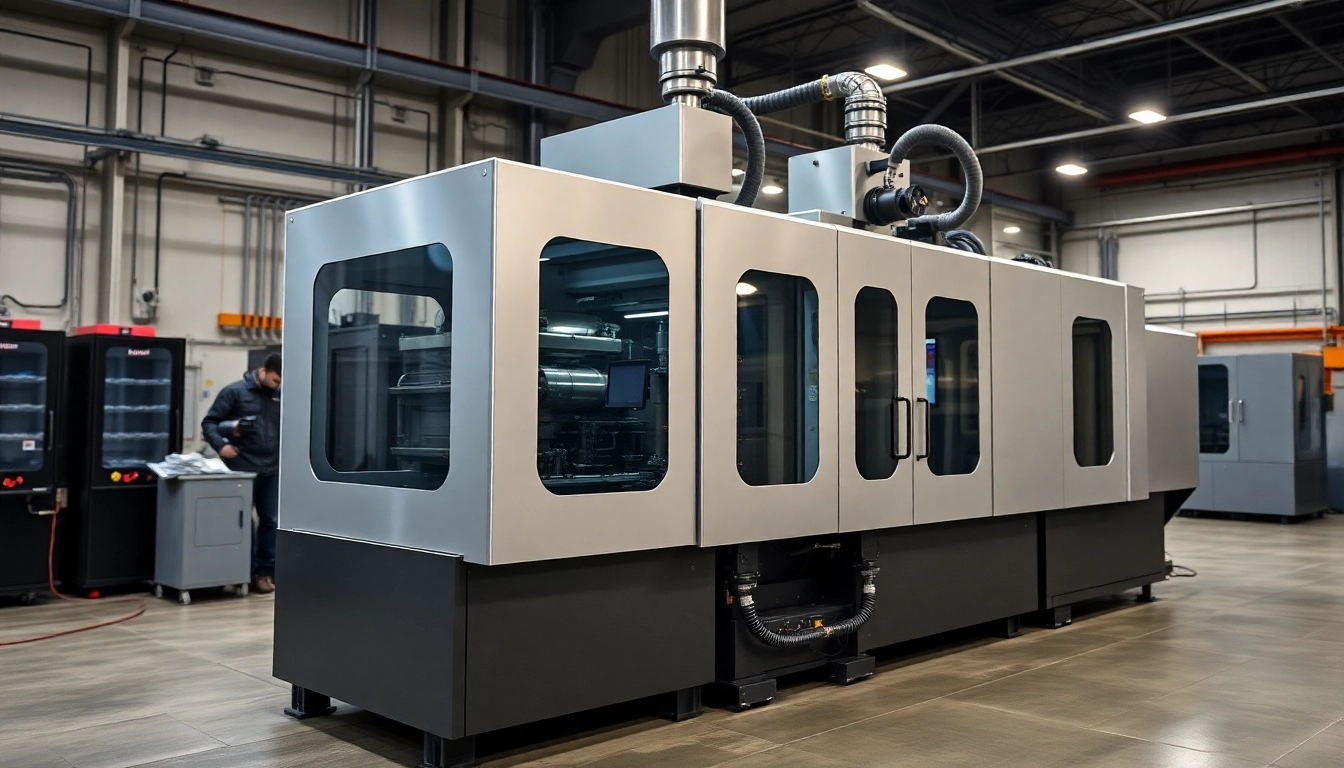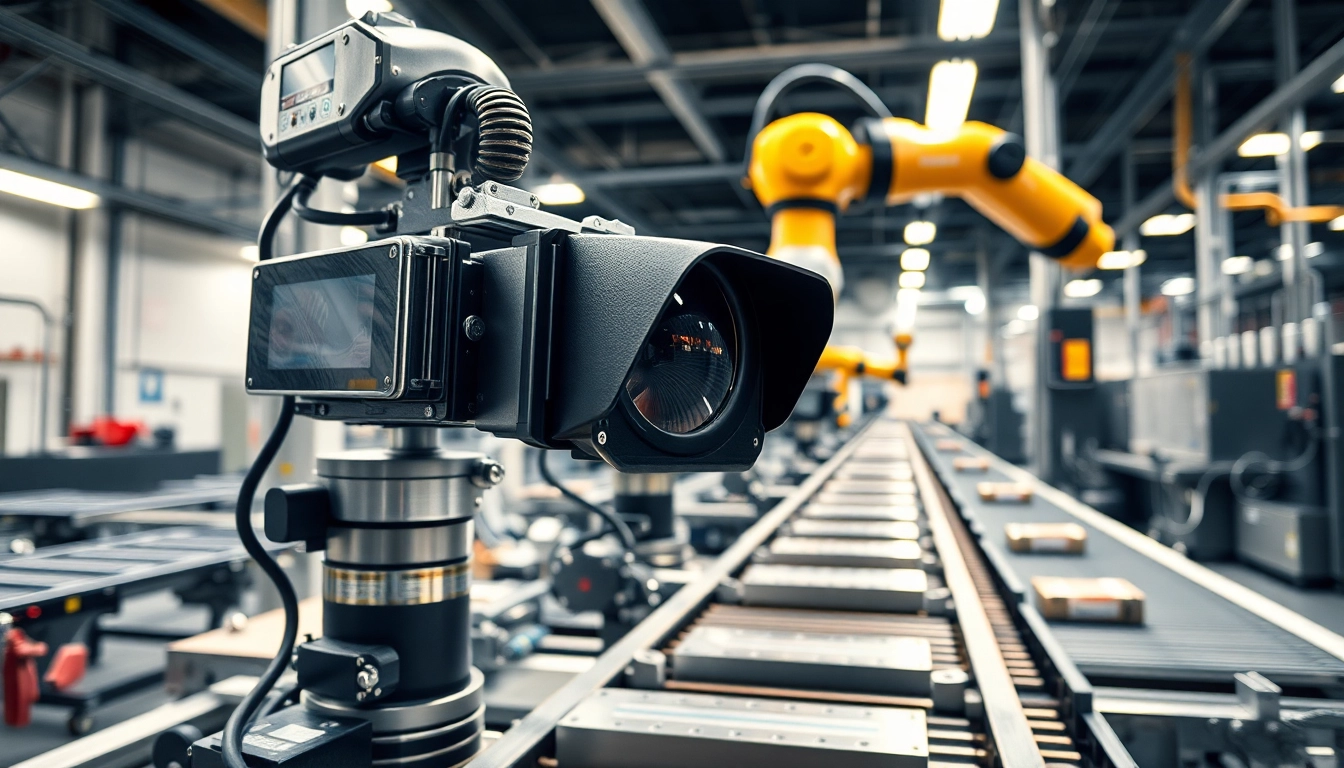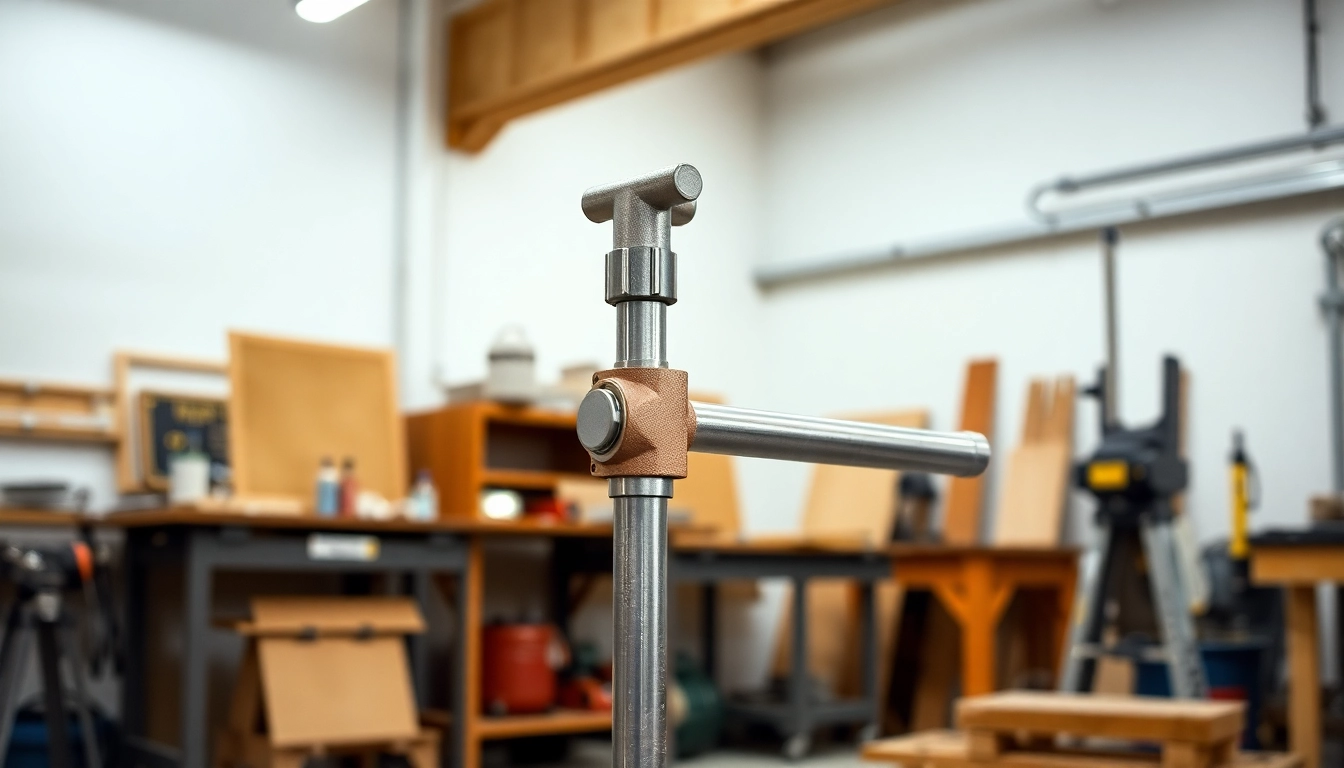Understanding Blow Molding Machines
Blow molding is a widely used manufacturing process in the plastic industry, primarily for creating hollow plastic parts such as bottles, containers, and many other products. This article delves into the intricacies of blow molding machines and offers insights into selecting the right blow molding machine supplier for your needs, the technology’s evolution, efficiency, and future trends.
What is Blow Molding?
Blow molding is a manufacturing process where a heated plastic tube, known as a parison, is inflated into a mold cavity to produce hollow plastic parts. The process is similar to glass blowing, where air is used to form a shape. The primary advantage of blow molding is its ability to produce complex shapes with high precision and low production costs. The end products can range from simple bottles for beverages to complex containers for industrial applications.
Types of Blow Molding Processes
There are three primary types of blow molding processes: extrusion blow molding, injection blow molding, and stretch blow molding. Understanding these different methodologies is crucial when choosing a blow molding machine supplier and technology.
Extrusion Blow Molding
In extrusion blow molding, plastic is melted and extruded into a tube, then inflated within a mold. This process is efficient for producing large volumes of hollow products and is commonly used for manufacturing bottles and containers.
Injection Blow Molding
Injection blow molding combines injection molding and blow molding processes. In this technique, a preform is first created through injection molding and then transferred into a blow mold for shaping. This method provides excellent dimensional accuracy and is ideal for producing small, intricate items.
Stretch Blow Molding
Stretch blow molding is often utilized for producing PET bottles. Here, the preform is first stretched in both axial and radial directions, resulting in stronger and lighter final products. This technique is popular in packaging industries where the strength of containers is crucial.
Applications of Blow Molding Machines
Blow molding machines find applications across various industries, including:
- Food and Beverage: Producing bottles for soft drinks, juices, and dairy products.
- Personal Care Products: Manufacturing containers for shampoos, lotions, and cosmetics.
- Household Items: Creating storage containers, toys, and other plastic household goods.
- Industrial Applications: Supplying large containers for chemicals, lubricants, and other industrial materials.
Choosing the Right Blow Molding Machine Supplier
Selecting the right blow molding machine supplier is crucial for your production efficiency and overall operational success. Here are key factors to consider:
Experience and Expertise
It’s important to evaluate the supplier’s experience in the blow molding industry. A reputable supplier will typically have years of experience, proven technology, and a portfolio of successful installations across various sectors. Companies like Uniloy and Parker, notable players in the industry, provide extensive resources and case studies showcasing their expertise.
Assessing Product Quality
The quality of the machines offered should be a top priority when selecting a supplier. Look for ISO certifications, warranties, and any customer testimonials that highlight the reliability and durability of their equipment. Additionally, inquire about the supplier’s quality control processes and materials used in machine construction.
Customer Support and Services Offered
A strong customer support team is essential for ongoing maintenance and troubleshooting. Confirm the level of after-sales service, warranty terms, and whether the supplier offers training for your staff. Suppliers who provide comprehensive support foster a smoother installation and operational process.
Key Features of Modern Blow Molding Machines
Modern blow molding machines have evolved with technological advancements to enhance production efficiency and product quality. Here are some key features to look for:
Energy Efficiency
Energy-efficient blow molding machines can significantly reduce operational costs. Many suppliers now offer machines with energy recovery systems, which recapture and reuse energy during the blow molding process. This efficiency can lead to substantial savings in utility costs over the machine’s lifespan.
Automation Capabilities
Advanced blow molding machines often incorporate automation, enabling reduced labor costs and increased production rates. Automation can involve automated loading and unloading systems, robotic arms for positioning, and integrated control systems for real-time monitoring and adjustments.
Customizability for Production Needs
Machines that can be tailored to specific production requirements offer significant advantages. Features such as adjustable mold sizes, interchangeable parts, and adaptable processing systems allow manufacturers to produce a wide range of products without investing in multiple machines.
Cost Factors in Blow Molding
Understanding the associated costs of blow molding machinery is vital for effective budgeting and financial planning. Here are the primary cost factors to consider:
Initial Investment vs. Long-Term Value
The initial purchase price of blow molding machines can vary significantly depending on the technology and specifications. However, it’s essential to assess the long-term value. A higher initial investment in a reliable machine often leads to reduced maintenance costs and enhanced production efficiency, which can offset the upfront cost.
Maintenance and Operational Costs
Ongoing maintenance is a critical component of operational cost. Evaluate the maintenance requirements and costs associated with spare parts, routine checks, and potential downtimes. Choosing machines with lower maintenance needs can save money over time.
Financing Options
Many suppliers offer financing options, which can ease the burden of upfront capital expenditure. Consider leasing arrangements or installment payments that allow for improved cash flow management while still acquiring modern equipment.
Future Trends in Blow Molding Technology
As the industry progresses, several trends are shaping the future of blow molding technology:
Advancements in Materials
Innovations in plastic materials are paving the way for new applications and enhancements in product performance. Biodegradable and recycled plastics are gaining traction, with suppliers looking to develop machines capable of effectively processing these materials.
Smart Machinery and IoT
The integration of smart technology and Internet of Things (IoT) capabilities in blow molding machines allows for enhanced monitoring and control. Real-time data collection and analytics can lead to improved efficiency, predictive maintenance, and better decision-making based on actual operational performance.
Sustainability in Production
Striking a balance between production and environmental impact is becoming increasingly important. Suppliers are focusing on developing machines that minimize waste and energy consumption, aligning with global sustainability goals. This approach not only meets industry demands but can also attract environmentally-conscious consumers.



